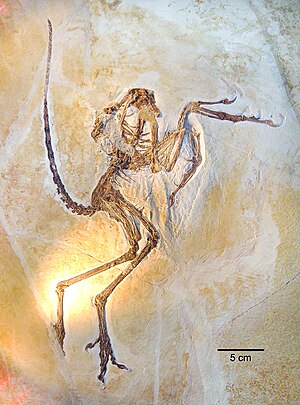 Image by kk+ via FlickrAAAS - AAAS News Release - "SCIENCE: Gulf Bacteria Quickly Digested Spilled Methane, Research Says"
Image by kk+ via FlickrAAAS - AAAS News Release - "SCIENCE: Gulf Bacteria Quickly Digested Spilled Methane, Research Says"Bacteria made quick work of the methane released by the Deepwater Horizon blowout, digesting most of the gas within the four months after its release, according to a new study published online at ScienceExpress.
One positive outcome of this violent and tragic blowout was that, in some ways, it paralleled natural events that are rare but potentially dangerous, and highly intriguing to scientists. For example, large volumes of methane have at times been released naturally along the sea floor through hydrocarbon seeps, hydrothermal vents, or the decomposition of solid, “clathrate” methane deposits. While large methane-release events would have had major effects on ocean chemistry and possibly climate, scientists can’t exactly set them off in order to see what happens.
![[PHOTOGRAPH] To help dissipate the plume, crews in May burned floating oil from the Deepwater Horizon spill in the Gulf of Mexico. [Public domain image by John Kepsimelis, U.S. Coast Guard. Source: http://bit.ly/aFiN8Z ] [PHOTOGRAPH] To help dissipate the plume, crews in May burned floating oil from the Deepwater Horizon spill in the Gulf of Mexico. [Public domain image by John Kepsimelis, U.S. Coast Guard. Source: http://bit.ly/aFiN8Z ]](http://www.aaas.org/news/releases/2010/images/0819sp_gulf_oil_burn_350w.jpg)
![[PHOTOGRAPH] Dr. John D. Kessler sampling water. [Photo by Elizabeth Crapo/NOAA] [PHOTOGRAPH] Dr. John D. Kessler sampling water. [Photo by Elizabeth Crapo/NOAA]](http://www.aaas.org/news/releases/2011/images/0106sp_gulf_methane.jpg)
The authors base these conclusions on measurements of methane and oxygen distributions at over 200 stations (oxygen drops when bacteria respire methane), as well as genetic sequence data from water samples indicating a growing presence of methane-digesting bacteria.
The findings suggest that large-scale releases of methane in the deep ocean are likely to be met by a similarly rapid bacterial response, the researchers say. In a studypublished earlier in the fall, this group reported measurements taken earlier than the ones in this paper, which indicated bacteria were also quickly consuming ethane and propane, even before the major response to the methane got underway. The study did not explore what effect microbes may have had on the oil from the spill.




 , which has fought its way back into the cellphone market, is now taking on
, which has fought its way back into the cellphone market, is now taking on 







